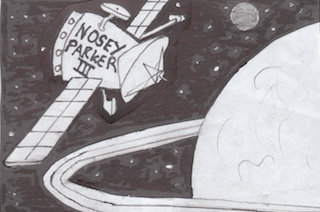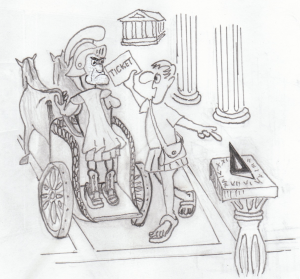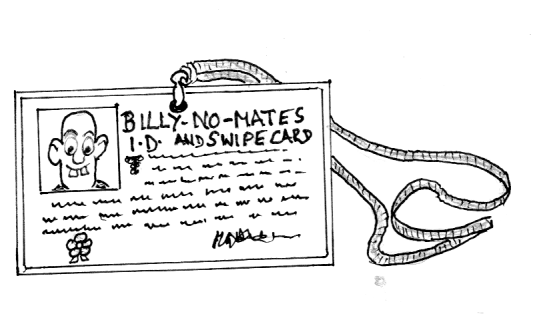All Royal Navy warships always being named after heroes or heroic qualities
It is the responsibility of the government’s Department for Naming Things and its regulatory body OFNOM to ensure that the names of all naval vessels are compatible with ‘ the dignity of the Service’ . Strict guidelines were laid down in the mid-nineteenth century heydey of gunboat diplomacy after the British Frigate , the original HMS Pinafore sent to quell some uprising in a Pacific Island colony was ‘ laughed out of the water’. The national humiliation was immediately followed by the hasty recalling and renaming of several other ships of the fleet with namby-pamby names notably the HMS Bo-Peep ,HMS Candy-floss’ and the battleship ‘ Embroidery ‘ .Thereafter ships have indeed been called names like ‘Achilles’ and ‘Invincible’ rather than ‘ HMS Cuddly or ‘Unreliable’ or ‘ The Pussyfoot’ , names which fail to send out an intimidating message to an enemy. The principle purpose of the department is not to think up the names so much as to police them to avoid crossovers, copyright infringements and trade mark duplication not only in the naming of defence hardware such as ships ,fighter planes , missiles and tanks but also of everything from spacecraft to oil rigs and Military and Police Operations . All tend to be tough and bullish no-nonsense names with only occasional lapses such as the Spanker Missile and an Australian Military adventure in Fiji called ‘Operation Morris Dance’. Police forces have in recent years abandoned the old tradition of naming operations after the first thing its newly appointed commander saw on getting the job , such as ‘Operation Door Handle’ . The practise of naming military hardwear began as long ago as ancient Roman and Greek times when warriors habitually inscribed missiles (even as small as lead and clay slingshot) with not only menacing names but also with symbols, slogans and messages such as ‘Eat this,Pompey ’ and ‘Kiss my ass’.
The practise of naming military hardwear began as long ago as ancient Roman and Greek times when warriors habitually inscribed missiles (even as small as lead and clay slingshot) with not only menacing names but also with symbols, slogans and messages such as ‘Eat this,Pompey ’ and ‘Kiss my ass’.
(Stewart Bludgeon , Portsmouth) - QQQ**

